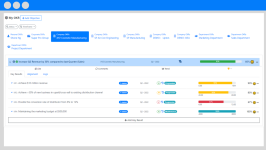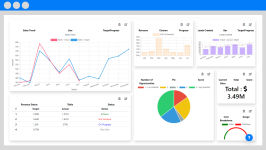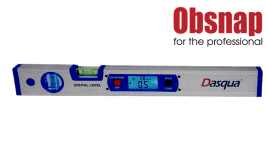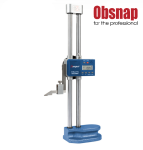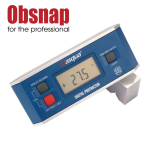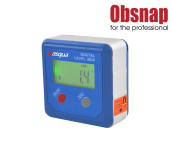Obsnap Instruments Sdn Bhd
29A, Jalan SS 15/4C, 47500 Subang Jaya, Selangor, Malaysia.
+603-5621 5786
+603-5621 5829
+60122185651 (Enquiry)
+60162233687 (Vacancy)
TQC sheen - Abrasion Testers - TABER OSCILLATING ABRASION TESTER
| Previous | 6 / 42 | Next |
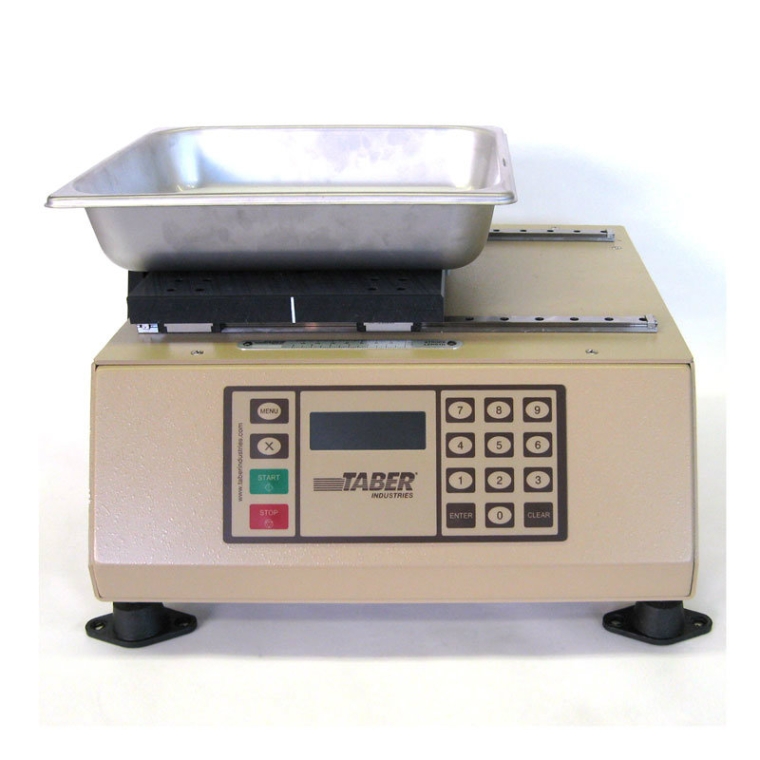
TABER OSCILLATING ABRASION TESTER
The Taber® Oscillating Abrasion Tester – Model 6160 is also known as an “oscillating sand tester”. Described in ASTM F735, The Taber® Oscillating Abrasion Tester is used to measure the resistance of a material to surface abrasion and scratching. Its primary application is for transparent materials and coatings in lenses and windows. However it can also be used to evaluate materials such as organic coatings, plastics, metals etc.
Rigid specimens that are 100mm square and less than 12.5mm in thickness are mounted in a holder located in the bottom of a sand tray so the surface is flush within 1mm. The tray is filled to a uniform depth (e.g 12.5mm) with a standardized abrasive media such as quartz silica or alumina. A scotch-yoke drive system reciprocates the tray in a back-and-forth (to-and-fro) motion which causes the entire mass of the abrasive media to shift significantly within the tray. The oscillating movement of the abrasive media results in a random pattern of scratches which simulates normal everyday wear.
Test parameters can be altered with Taber's Oscillating Sand Abrasion Tester, and allow the operator to select the operating stroke length (6.5 to 150 mm) and speed (variable from 100 - 200 cycles per minute). ASTM F735 specifies the sand tray travels a distance of 100mm at a speed of 300 strokes per minute.
In addition to the dry abrasion test, the oscillating sand abrasion tester may be used with abrasive slurry to perform erosion tests. For this application, the optional 4 inch deep tray is suggested along with a specimen tray cover. In place of the abradant, a slurry would be used (e.g. 50 - 50 mixture of solids and distilled water). The abrasivity of the slurry is dependent on the concentration of the solids in the liquid vehicle, along with the characteristics of the solid particles (shape, hardness, size, and friability).
Using a custom specimen holder (not supplied), materials of various shapes may also be tested. To generate useful data, it is important to recognize that the amount and force of abrasive media that contacts the specimen surface will change based on the curvature of the part. Specimens with a severe contour may inhibit the movement of the abrasive media during the test.
An optional kit is available to conduct the Bayer Abrasion Test on contoured lenses. This set-up involves testing a specimen against a control lens for comparative purposes.
Rigid specimens that are 100mm square and less than 12.5mm in thickness are mounted in a holder located in the bottom of a sand tray so the surface is flush within 1mm. The tray is filled to a uniform depth (e.g 12.5mm) with a standardized abrasive media such as quartz silica or alumina. A scotch-yoke drive system reciprocates the tray in a back-and-forth (to-and-fro) motion which causes the entire mass of the abrasive media to shift significantly within the tray. The oscillating movement of the abrasive media results in a random pattern of scratches which simulates normal everyday wear.
Test parameters can be altered with Taber's Oscillating Sand Abrasion Tester, and allow the operator to select the operating stroke length (6.5 to 150 mm) and speed (variable from 100 - 200 cycles per minute). ASTM F735 specifies the sand tray travels a distance of 100mm at a speed of 300 strokes per minute.
In addition to the dry abrasion test, the oscillating sand abrasion tester may be used with abrasive slurry to perform erosion tests. For this application, the optional 4 inch deep tray is suggested along with a specimen tray cover. In place of the abradant, a slurry would be used (e.g. 50 - 50 mixture of solids and distilled water). The abrasivity of the slurry is dependent on the concentration of the solids in the liquid vehicle, along with the characteristics of the solid particles (shape, hardness, size, and friability).
Using a custom specimen holder (not supplied), materials of various shapes may also be tested. To generate useful data, it is important to recognize that the amount and force of abrasive media that contacts the specimen surface will change based on the curvature of the part. Specimens with a severe contour may inhibit the movement of the abrasive media during the test.
An optional kit is available to conduct the Bayer Abrasion Test on contoured lenses. This set-up involves testing a specimen against a control lens for comparative purposes.
ORDERING INFORMATION
Art. No. TB0180
Taber 6160 Oscillating Abrasion Tester









